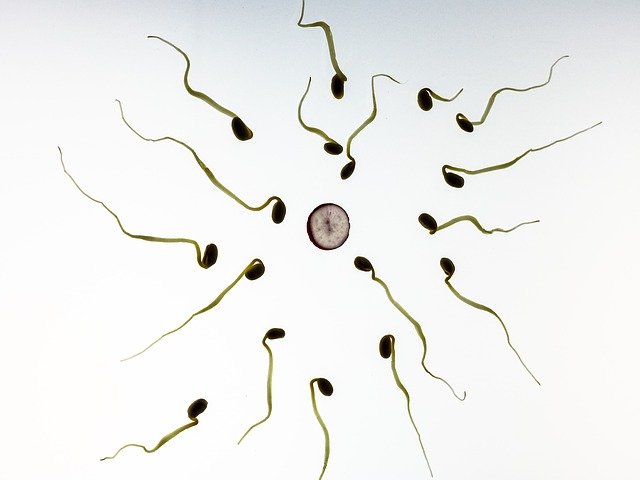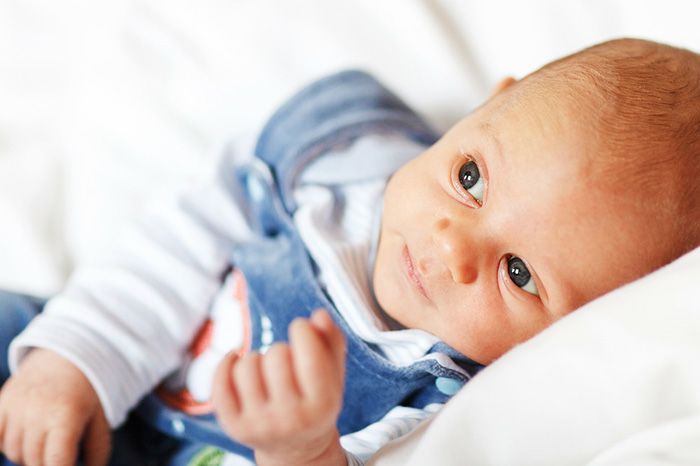‘Designer babies’ have been the stuff of sci-fi for quite a long time, while never drawing near to becoming reality. As of late be that as it may, with new logical turns of events, methods, and altered regulations some have reignited the discussion encompassing ‘creator infants’. Be that as it may, would we say we are as a matter of fact any more like a universe of pre-planned babies or do these stay a thing of science fiction legend?
Are ‘Designer babies’ as of now a reality?
A few reporters would contend that besides the fact that creator infants are potential, they are as of now a reality. They highlight the utilization of strategies, for example, pre-implantation hereditary screening (PGS) and pre-implantation hereditary finding (PGD) as proof of this. These techniques are utilized to evaluate undeveloped organisms for explicit circumstances (like cystic fibrosis and Huntington’s infection), as well as to make sure that they have the right number of chromosomes. PGD can likewise be utilized to recognize incipient organisms to become rescuer kin for wiped-out youngsters requiring transfers.
Some accept that this is a type of genetic counseling in itself, as youngsters are chosen to exist or not based on their qualities. In any case, In the UK, this cycle is restricted to the determination of incipient organisms on the premise of aneuploidy or illness status. PGD is most frequently used to try not to incapacitate hereditary illness, and PGS is generally used to track down ordinary incipient organisms. In the two conditions, the point isn’t to alter or to deliver purported ‘predominant’ people; it is simply to best guarantee a sound, typical child.
In certain nations, for example, the US, PGD is likewise allowed for non-clinical purposes like orientation determination. In these occasions, the social and moral issues are more obvious, and this sort of choice can prompt extreme orientation awkwardness. In any case, orientation choice is unlawful in the UK, and Make doesn’t uphold it.
A new logical progression was the ‘3-man child’ method. This permits ladies with mitochondrial illnesses to get a mitochondrial gift from another lady. The benefactor mitochondria are acquainted into the undeveloped organism with supplant the broken mitochondria of the mother, implying that the subsequent child harbors DNA from 3 separate individuals, however how much hereditary material from the giver is minuscule.
The law changed to permit this procedure in February in the Unified Realm. Its advocates contend that mitochondrial DNA contains no trademark characterizing DNA and that presenting giver mitochondria is logical just to diminish languishing. Right now this innovation is accessible just to transporters of mitochondrial illness, so in this sense, the moral rule hidden in the utilization of mitochondrial move is like that legitimizing the utilization of PGD.
The Future of ‘Designer Babies
Innovation encompassing undeveloped organism modification and choice is working on constantly, hurling moral and legitimate inquiries. Many individuals dread that the quick logical movement will prompt a ‘Gattaca-style’ world in which children’s physical and character qualities are chosen before birth.
Quality-altering innovation has expanded in accuracy as of late, and the advancement of the CRISPR-Cas9 quality-altering apparatus implies that particular qualities can be pinpointed and supplanted. One significant contrast between CRISPR-Cas9 and other quality-altering instruments is that CRISPR-Cas9 makes changes to the germline, so any progressions are given to people in the future, which is of extraordinary worry to a large number.
Notwithstanding, the regulations encompassing this sort of science are very severe, and before any sort of determination based on non-clinical hereditary qualities could happen, the law would need to be changed significantly. Right now, the choice of undeveloped organisms is just allowed on clinical grounds, and altering the human genome is completely restricted. Following the improvement of the CRISPR-Cas9 instrument, researchers required an end to its turn of events and use until the morals and legalities behind the innovation were completely settled. Researchers themselves are in this way extremely mindful of the fact that it is so vital to proceed cautiously where human DNA is concerned.
One more element which restricts the utilization of quality innovation is that the human genome is unbelievably complicated and it isn’t difficult to track down which qualities are answerable for which attributes. Researchers have been searching for the hereditary beginnings of various attributes for quite a long time and have always been unable to track down them. This is part of the way because generally physical and character attributes are coded for by numerous qualities in various pieces of the genome, and pinpointing every one of these numerous genes is truly challenging.
Regardless of whether these qualities were found and changed, it is impossible that this would make a big deal about a distinction to humankind in general, as there are countless different elements engaged with making an individual what their identity is, for example, epigenetics (the collaborations among qualities) and the climate.
These legitimate and logical hindrances joined imply that a universe of ‘Designer babies’ is a long way from turning into a reality. Even though there is some undeveloped organism determination set up as of now, sensibly this is completely restricted to explicit clinical cases, and no progressions are made that could influence the germline. For the present subsequently, this innovation is utilized to support people as opposed to for the change of mankind.




